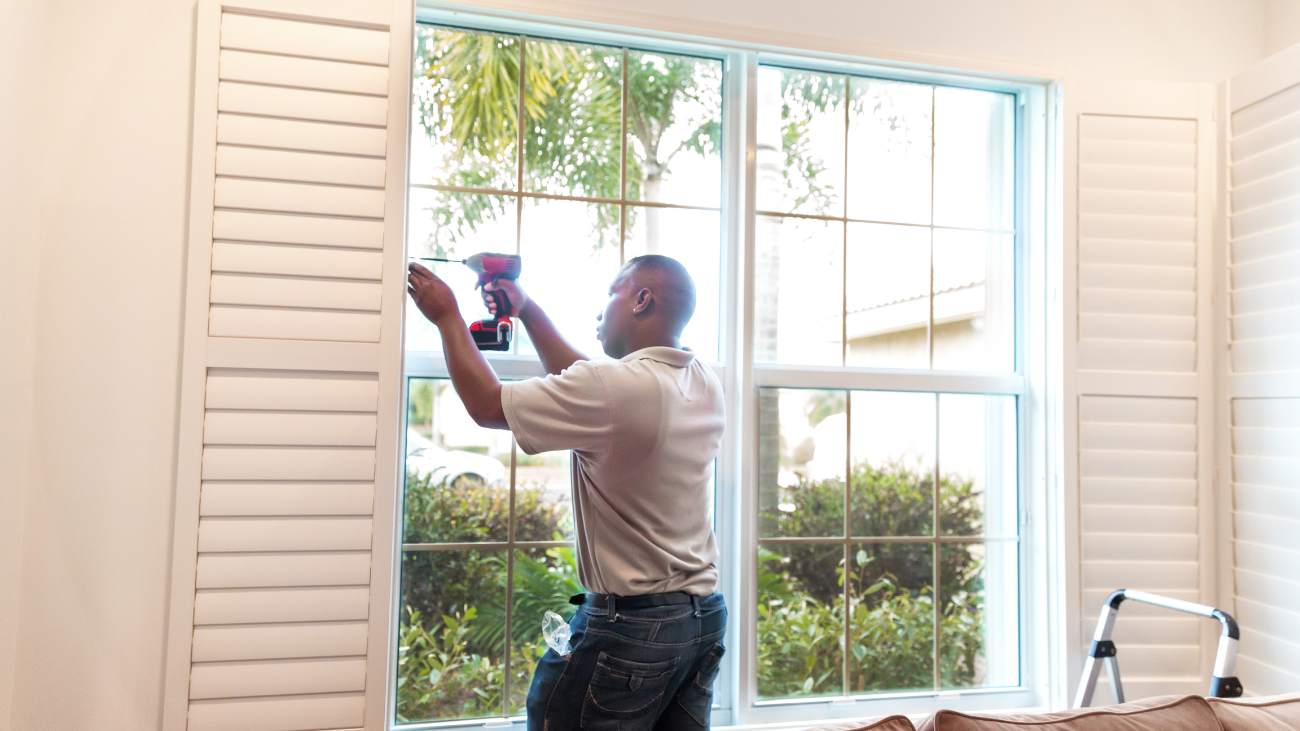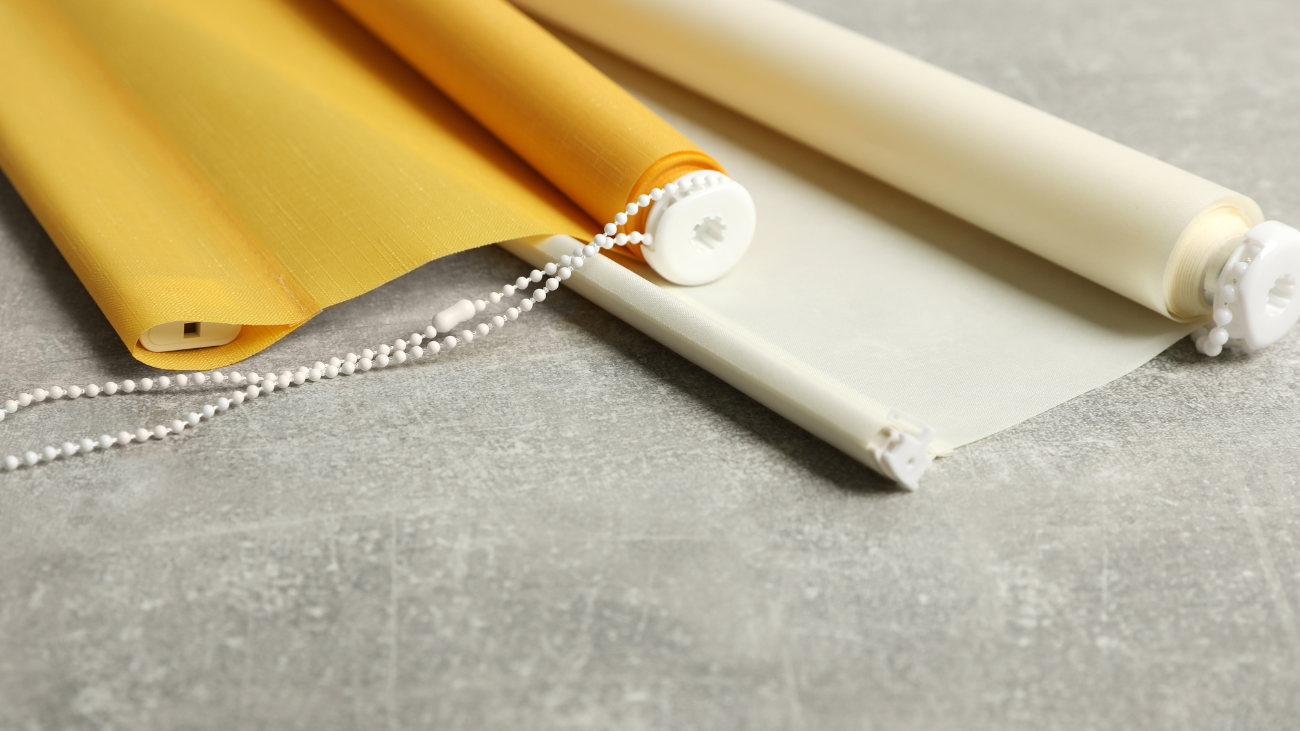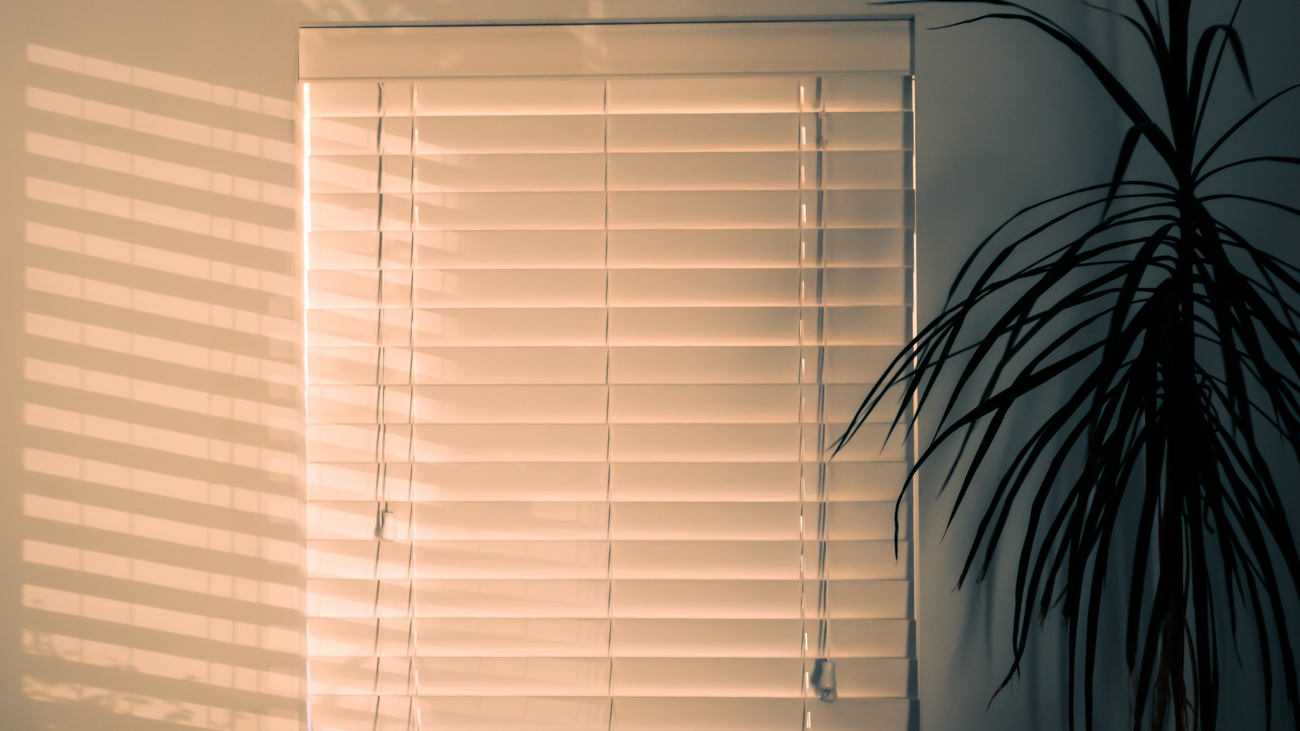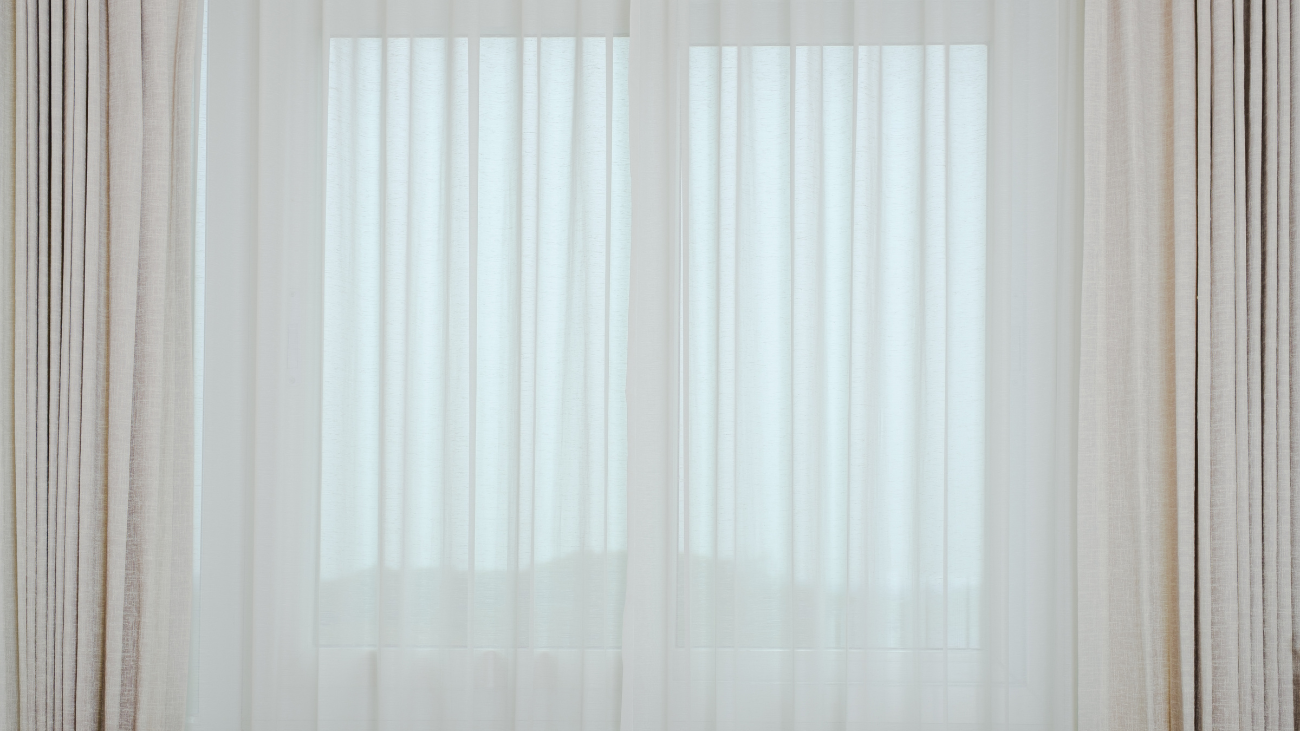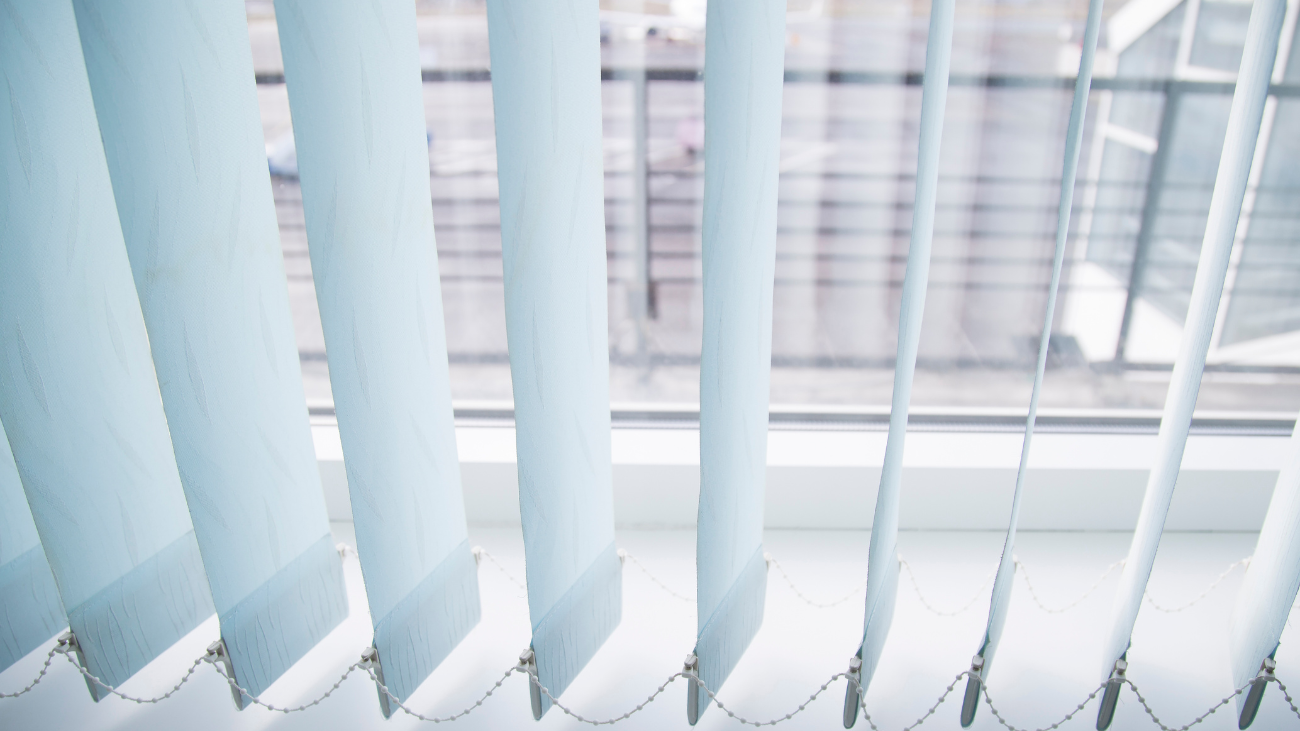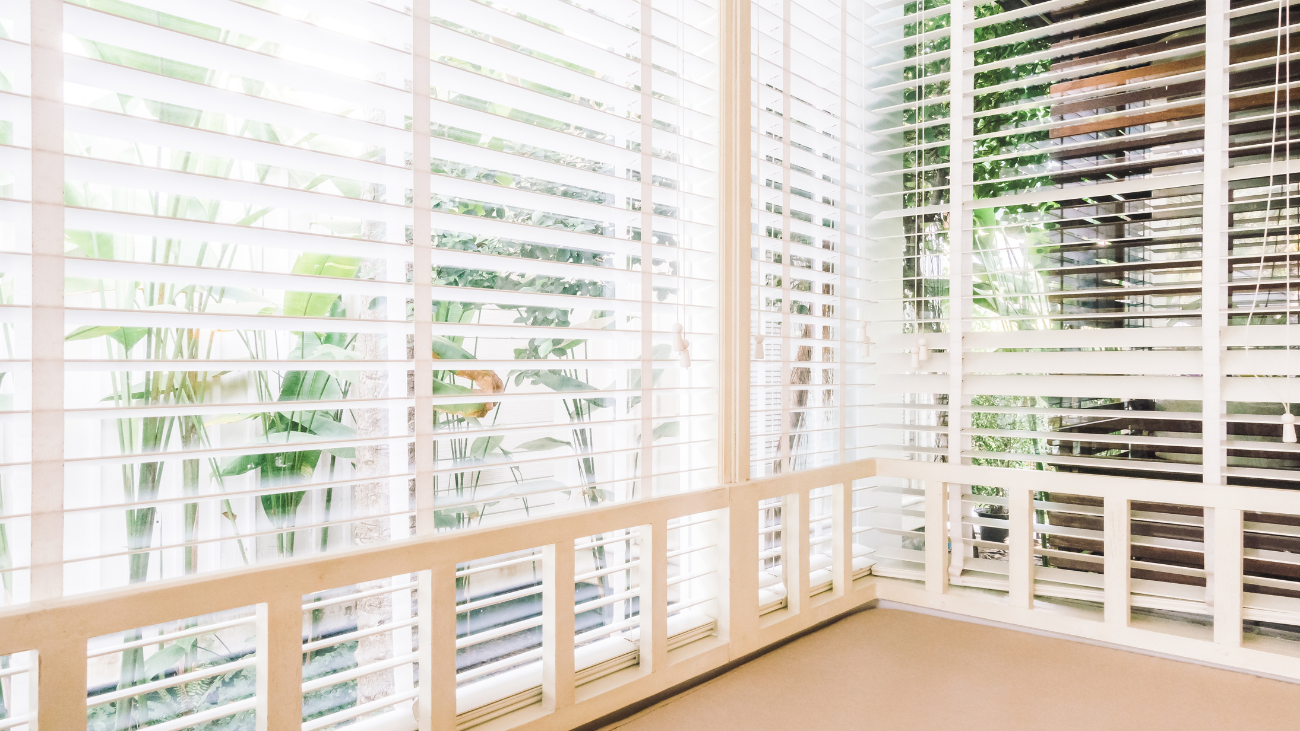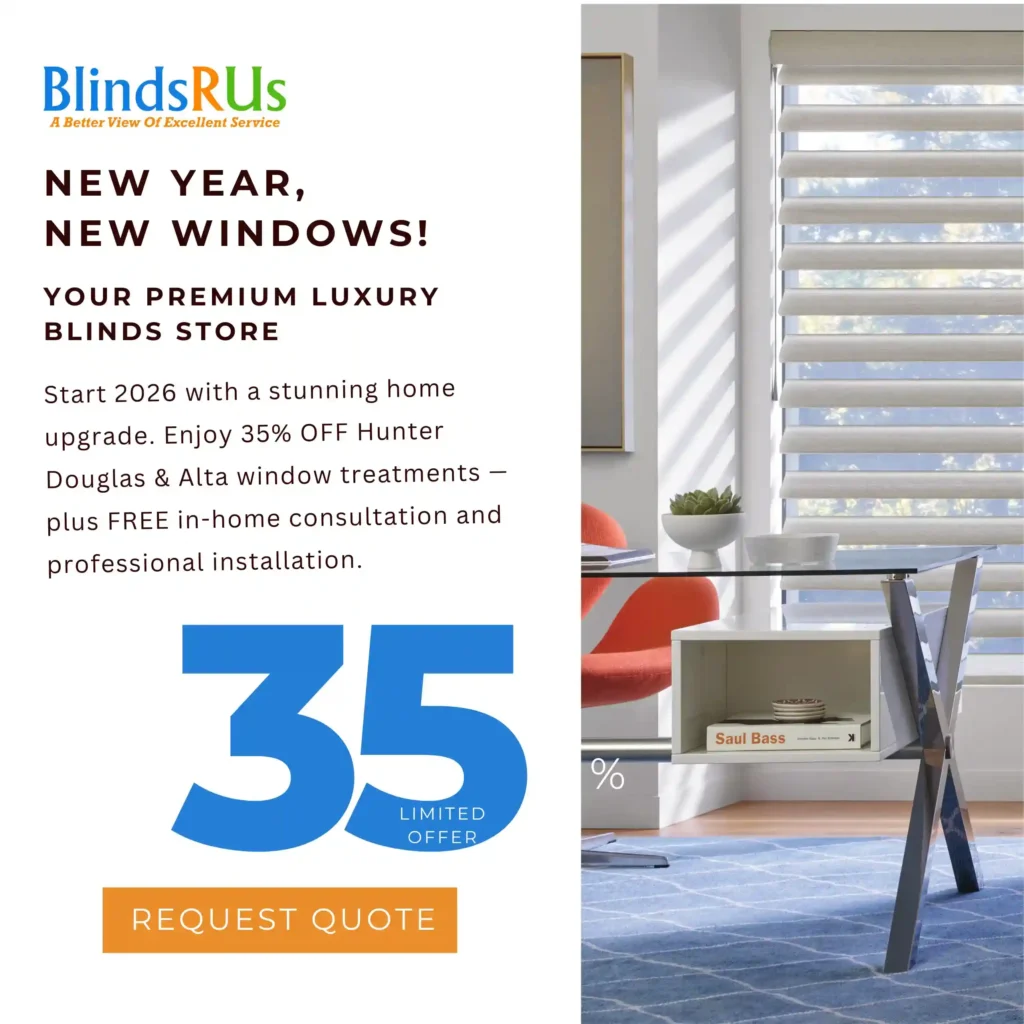We are all faced with rising energy costs and an increasing concern for the environment. It may surprise you to learn that windows can lose as much as 30% of the energy used for heating and cooling a house. Fortunately, window treatments may be the answer closer than you think!
This blog look into the world of energy-efficient window treatments, exploring how they can help you save money on your energy bills and contribute to a greener planet. We’ll discuss different types of treatments, their insulating properties, and how to choose the right ones for your needs!
Understanding Heat Transfer Through Windows
Windows are double-edged swords. They allow natural light to illuminate our homes, but they also act as a pathway for heat transfer. In the summer, sunlight heats the interior, while in the winter, precious indoor warmth escapes through the glass. This constant battle with temperature regulation forces our HVAC systems to work overtime, leading to increased energy consumption and higher utility bills.
How Window Treatments Can Help
Window treatments act as a barrier, mitigating heat transfer through windows. Here’s how they make a difference:
- Insulation: Certain window treatments have insulating properties, creating an air gap between the window and the room. This air gap slows down the transfer of heat, keeping your home cooler in summer and warmer in winter.
- Blocking Sunlight: Direct sunlight is a major contributor to heat gain in summer. Window treatments, particularly those with reflective or blackout linings, can significantly reduce the amount of sunlight entering your home, lowering the cooling load.
- Trapping Heat: In winter, window treatments can help trap precious indoor heat. This reduces the demand on your heating system and keeps your home cozy without burning extra energy.
Types of Energy-Efficient Window Treatments:
Not all window treatments are created equal when it comes to energy efficiency. Here are some top contenders:
- Cellular Shades: These honeycomb-shaped shades are champions of insulation. The air pockets within the cells create a powerful barrier against heat transfer, making them ideal for all seasons.
- Solar Shades: These specialized shades are designed to block harmful UV rays while still allowing some light to enter. They are perfect for sun-drenched rooms, preventing heat gain and protecting furniture from fading.
- Blackout Shades and Drapes: With their thick, opaque fabrics, blackout shades and drapes offer excellent insulation and light control. While ideal for bedrooms, they might not be suitable for living areas where natural light is desired.
- Insulated Roller Shades: These shades have a reflective coating on the back that helps reflect sunlight away from your home in summer and trap heat inside during winter.
- Double Roller Shades: This combination shade system offers the best of both worlds: a light-filtering sheer shade for daytime and a blackout shade for nighttime, providing both light control and insulation.
Choosing the Right Window Treatments for Energy Efficiency
Selecting the right window treatment for energy efficiency depends on your specific needs and climate. Here are some factors to consider:
- Climate: In hot climates, prioritize solar shades or blackout options. In colder climates, cellular shades or insulated roller shades are ideal.
- Window Orientation: South-facing windows receive the most sunlight. Consider solar shades or blackout options for these windows. North-facing windows receive less sunlight, so cellular shades or insulated roller shades might be sufficient.
- Room Function: Bedrooms benefit from blackout shades for darkness and insulation. Living rooms might prefer light-filtering options with good insulation, like cellular shades.
Additional Energy-Saving Tips & Going Beyond the Treatment:
While window treatments are a powerful tool, consider these additional tips for maximizing energy efficiency:
- Caulking and Weather Stripping: Seal air leaks around windows with caulk and weather stripping to prevent drafts and heat transfer.
- Proper Installation: Ensure your window treatments are installed correctly to maximize their insulating effect.
- Strategic Use: Open blinds or shades during the day in winter to allow sunlight to heat your home naturally. Close them at night to trap heat. In summer, keep them closed during the hottest part of the day to block out heat.
- Consider Smart Features: Motorized window treatments with timers can be programmed to open and close automatically, ensuring optimal light and temperature control throughout the day.
Investing in Your Future – Savings and Sustainability
Energy-efficient window treatments are an investment that pays off in the long run. You’ll see a reduction in your energy bills due to lower HVAC usage. Additionally, by reducing your energy consumption, you’ll be contributing to a greener planet by lowering your carbon footprint.
Embrace the Change: Comfort, Savings, and a Sustainable Future
Making the switch to energy-efficient window treatments isn’t just about saving money. It’s about improving your home environment by creating a more comfortable and consistent temperature year-round. Additionally, you’ll be contributing to a more sustainable future by reducing your reliance on fossil fuels.
With a variety of options available, choosing the right window treatment company is crucial. Look for companies that offer a variety of energy-efficient options and have knowledgeable staff who can assess your needs and recommend the best solutions. Consider companies that offer professional installation to ensure optimal performance.
Conclusion: A Window of Opportunity
You’ll open up a window of opportunity by adding energy-efficient window treatments to your house. You’ll save money on energy costs, take pleasure in a more pleasant living space, and help create a more sustainable future. Therefore, welcome the change, consider your options, and make an investment in window treatments that are environmentally friendly and affordable!



